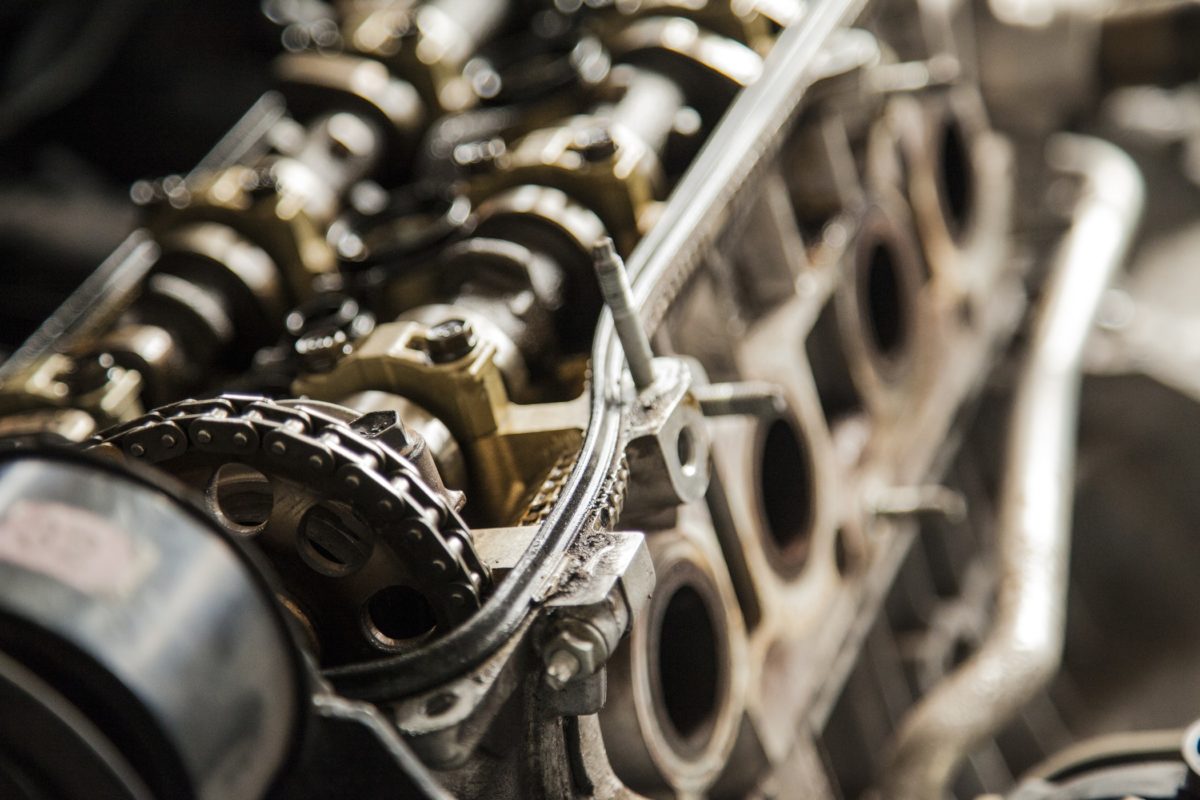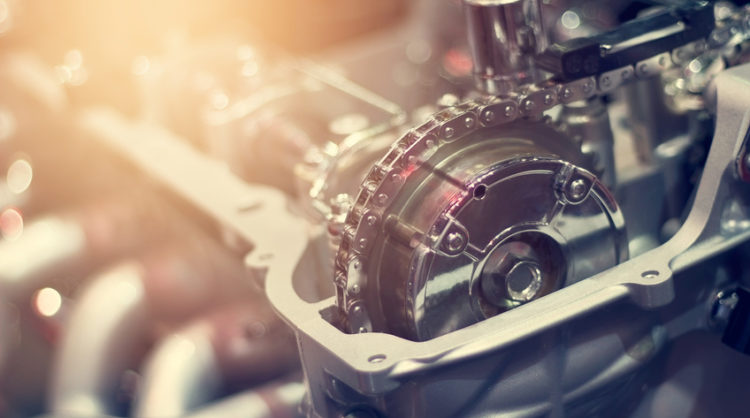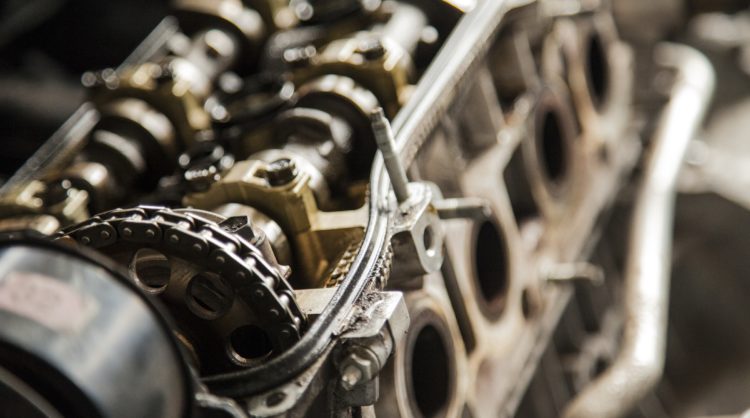Advances in Engine Technology

Cars aren’t going anywhere in the foreseeable future. Toyota alone is estimated to produce over 11 million cars in 2023. Having a high quality engine is one of the most important parts to overall car health and performance. Whether you are looking for a used Japanese engine, or new imported engines from Japan, it is important to understand the different types of high quality engines.
Engines come in many different types and styles depending on what type of car they are intended for. The two main classes of differences are engine cylinder configuration and the layout of the car engine.
Cylinder configuration varies for high quality engines. The variation can be from twin cylinders all the way up to 8+ cylinders. Especially with Japanese import engines, the standards are about the same. Typically, the more cylinders that are included in an engine, the more power output a vehicle has.
The layout of a car engine is the next big difference from engine to engine. The layout of a high quality engine will be changed either to get the engine to fit better in a vehicle or to increase performance. The four main types of engine layouts are straight, inline, V, and flat.
Straight Engines: Cylinders are aligned in parallel lines from front to back in a straight engine. This allows more room for additional cylinders, and these engines are typically found in powerful cars like BMW or Mercedes.
Inline Engines: This engine design arranges cylinders side by side in an upright fashion, perpendicular to the car. This arrangement allows for a more compact engine.
V Engines: This refers to the shape in which the cylinders are arranged when looked at from the front of a vehicle. The V shape allows extra cylinders to be fit in the same amount of space, which means you will commonly find this engine layout on premium vehicles and supercars.
Flat Engine: Porsche is one of the largest manufactures of flat engines. These engines aren’t very common, however, they offer a very low center of gravity in the engine bay, increasing handling performance on a vehicle.
With that backdrop in different types of high quality engines, let’s talk about some of the advances in engine technology and how they will affect vehicle performance moving forward.
Advances in Engine Technology
Hybrid Engines: One of the most impressive advances in the last few years with engine technology is the advent of hybrid engines. In terms of efficiency, there isn’t much that can beat a hybrid. Hybrid refers to the fact that these engines pull power from a combination of two different sources: electric and gas. Typically the electric motor helps the car start and run at low speeds, and the gas kicks in to help speed up and maintain higher speeds. This creates some of the most fuel-efficient cars around (short of full electric of course).
Variable Valve Timing: In terms of high quality engines, this is one of the most revolutionary technologies. By adjusting the valve control continuously, this type of engine provides more usable power and torque through the entire rev range. Variable valve timing engines also improve fuel efficiency by around 7%.
Direct Injection: Carburetor systems are a thing of the past. High quality engines now feature direct injunction. Direct injection works by spraying a precise amount of air and fuel into each combustion chamber directly. This significantly improves fuel economy.
Cylinder Deactivation: For larger engines, such as V6 or V8, cylinder deactivation is used to reduce the amount of power required to keep a vehicle cruising at a constant speed. The way it works is by swapping on and off two or four cylinders based on current power demands of the car.
Active Alternators: Alternators are what recharge a car battery while the engine is running. Without an alternator, a car battery would die very quickly. It is a necessity for every vehicle. Active alternators give the alternator the ability to free spin when the battery is fully charged which means the engine doesn’t work as hard to spin the alternator (aka increases fuel efficiency).
This is just a small sample of the many advances in engine technology over the last few years. These advances are great for the environment and your wallet.
Related posts

Common Mistakes Drivers Make When Buying A New Engine
Your car’s engine is one of the most important parts of your vehicle. Unfortunately, many drivers have common misconceptions about what to look for in a new or used engine. This often leads to mistakes that can be costly later on. But how can you be sure you’re not making a mistake when you’re investing […]

Top 3 Ranked Japanese Engines
In 2016, the top three goods that were imported were: vehicles, machinery, electrical machinery. The reasons why America bought $50 billion worth of automobiles from Japan in 2016 is because of the vehicles’ reliability and high-quality engines. If you are looking to buy the best Japanese engines, low mileage Japanese engines, used Japanese transmissions, or […]

Advances in Engine Technology
Cars aren’t going anywhere in the foreseeable future. Toyota alone is estimated to produce over 11 million cars in 2023. Having a high quality engine is one of the most important parts to overall car health and performance. Whether you are looking for a used Japanese engine, or new imported engines from Japan, it is […]